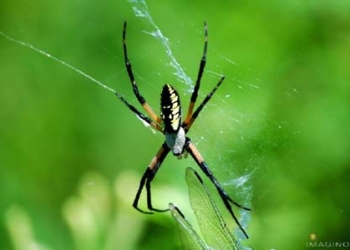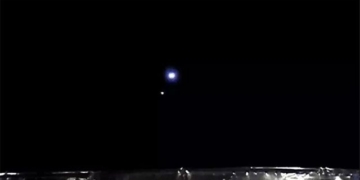Through the ups and downs of history, the high mountain region of Sapa is now rising strongly, becoming a national tourist destination that attracts millions of visitors for sightseeing and relaxation.
Originating from the idea of establishing a resort station for the French in the early years of the 20th century, the mountainous area of Sapa was then a pristine and remote place with only a few ethnic minority people living there.
According to the Tourism Promotion Information Center of Lao Cai Province, at the end of 1903, an expedition from the Indochina Geography Department, after many days of surveying, discovered the landscape of Lo Suoi Tung Plateau and the village of Sa Pa. The team named the area Sa Pa, marking the formation of the Sapa tourist area.
Previously, the local people referred to this area as Sa Pa, which in the local language means “sandbank,” but Westerners pronounced it without diacritics, leading to the name Sa Pa.
Recognizing the beauty of the natural landscape and the fresh, cool climate, the French soon intended to develop Sapa into a resort. In 1905, a French surveying team conducted an expedition and set a milestone on the summit of Fansipan. On June 2, 1909, the Chief of Lao Kay (the former name of Lao Cai Province) presented a proposal to the Governor of Northern Vietnam to establish a sanatorium in the Sa Pa area.
Here are some images of the Sapa tourist area in the early 20th century, captured by the French and provided by the Lao Cai Provincial Museum.
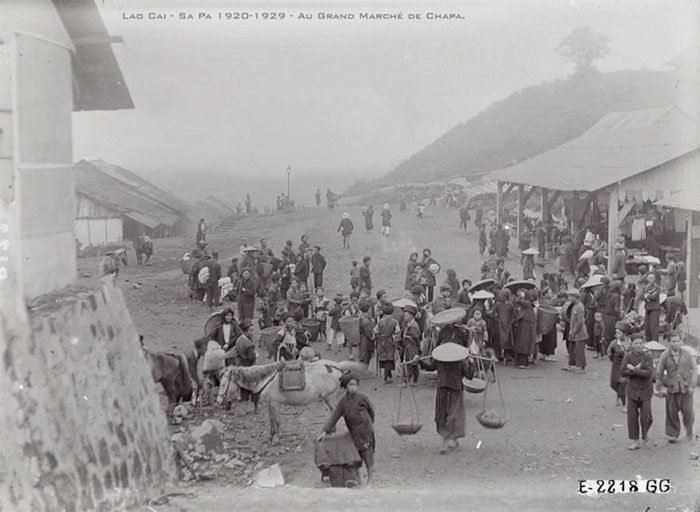
Sapa Market in the 1930s – 1940s (Photo: Lao Cai Provincial Museum).
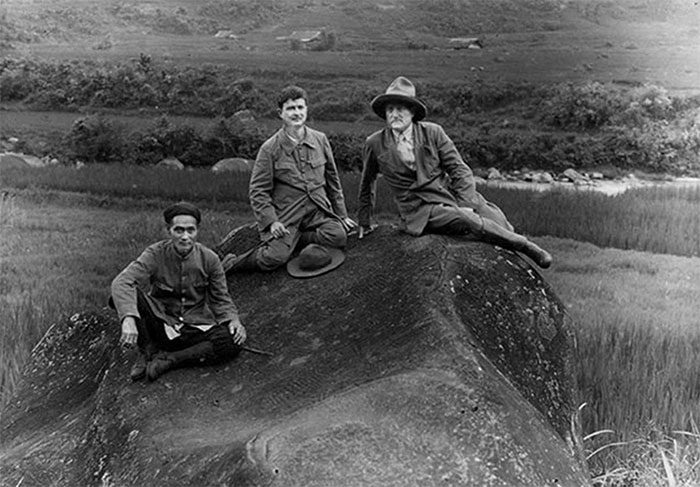
Scientists discover the ancient stone field of Hau Thao – Ta Van (Sapa) in 1924 (Photo: Lao Cai Provincial Museum)
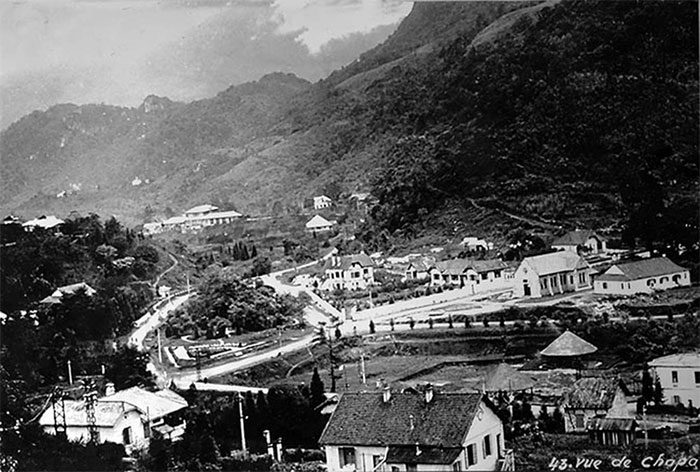
The bustling Sapa tourist town in the 1930s – 1940s (Photo: Lao Cai Provincial Museum)
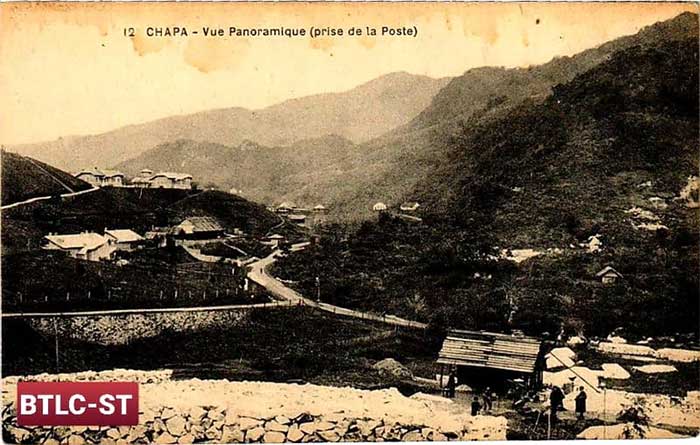
A corner of Sapa town in the early 20th century (Photo: Lao Cai Provincial Museum).
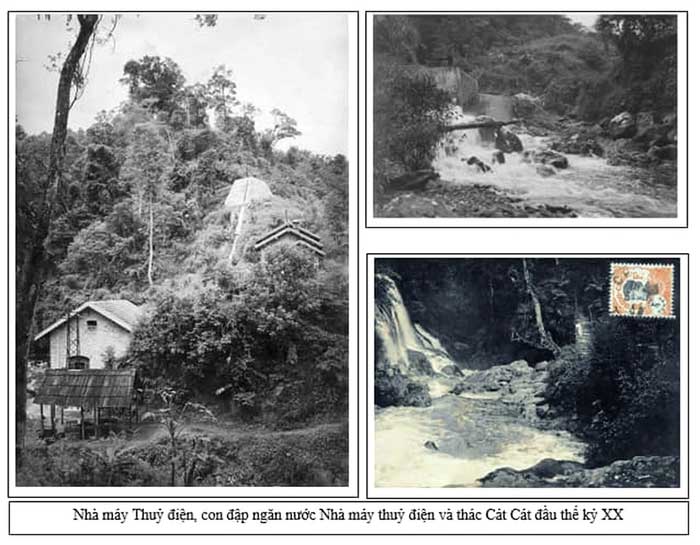
The first hydropower plant in Sapa and the dam built by the French, along with the image of Cat Cat waterfall near the hydropower plant in the early 20th century on a vintage postcard from France (Photo: Lao Cai Provincial Museum).
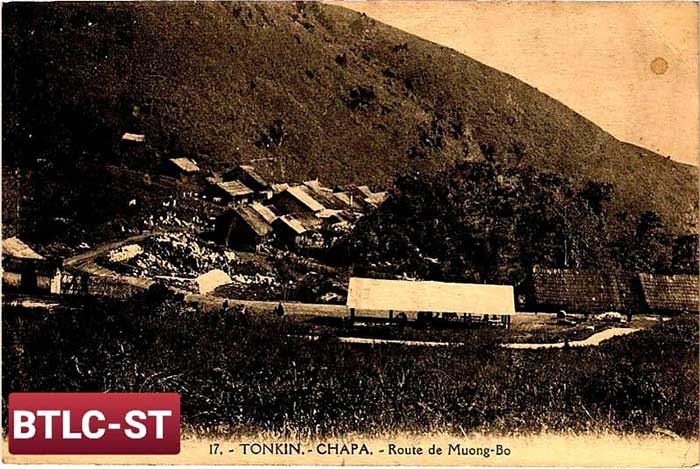
The ancient Muong Bo village (Sapa) (Photo: Lao Cai Provincial Museum).
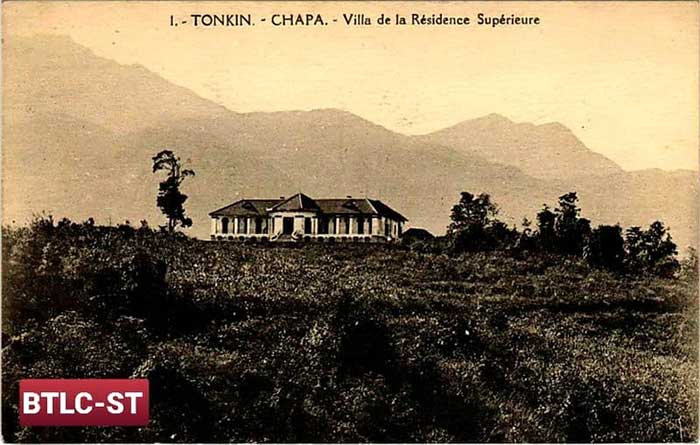
An old villa area in Sapa (Photo: Lao Cai Provincial Museum)
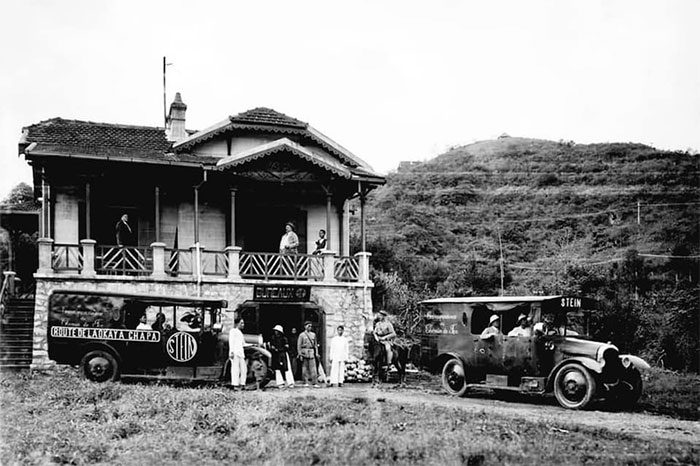
Lao Kay – Cha Pa (Sapa) car from 1920-1929. The image of the house, the location of the former company, now the Information and Tourism Promotion Center of Lao Cai Province (opposite the Square and Sapa Church). (Photo: Lao Cai Provincial Museum)
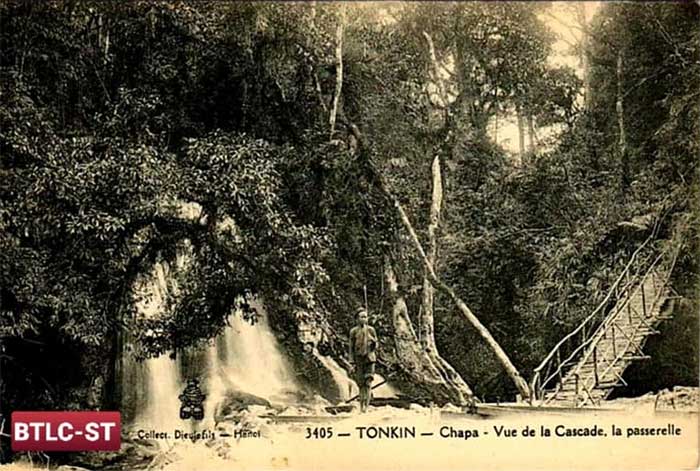
The scenery of Cat Cat waterfall (Sapa) along with the simple suspension bridge of the local people on a vintage postcard from France (Photo: Lao Cai Provincial Museum)
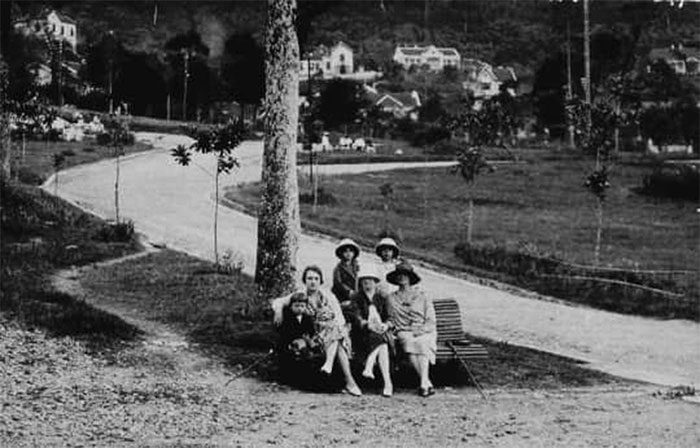
Tourists relaxing in Sapa from 1920-1929 (Photo: Lao Cai Provincial Museum).
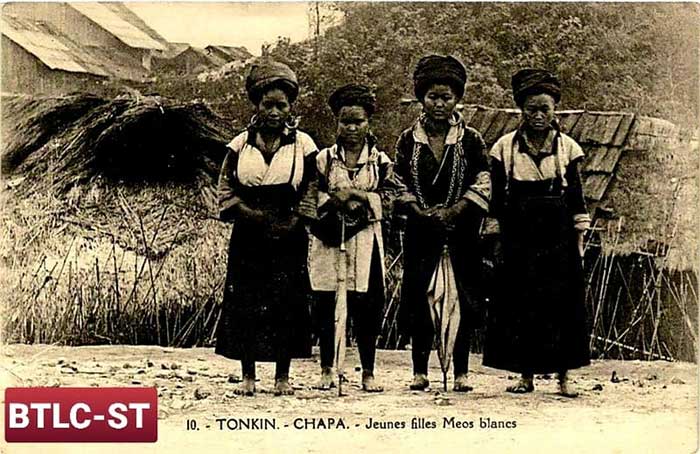
Hmong women in Sapa on a vintage postcard from France (Photo: Lao Cai Provincial Museum).
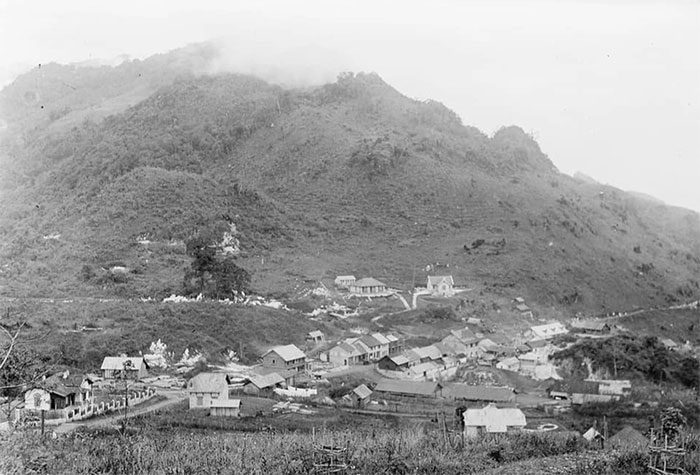
Sapa town in 1927. (Photo: Lao Cai Provincial Museum).










































